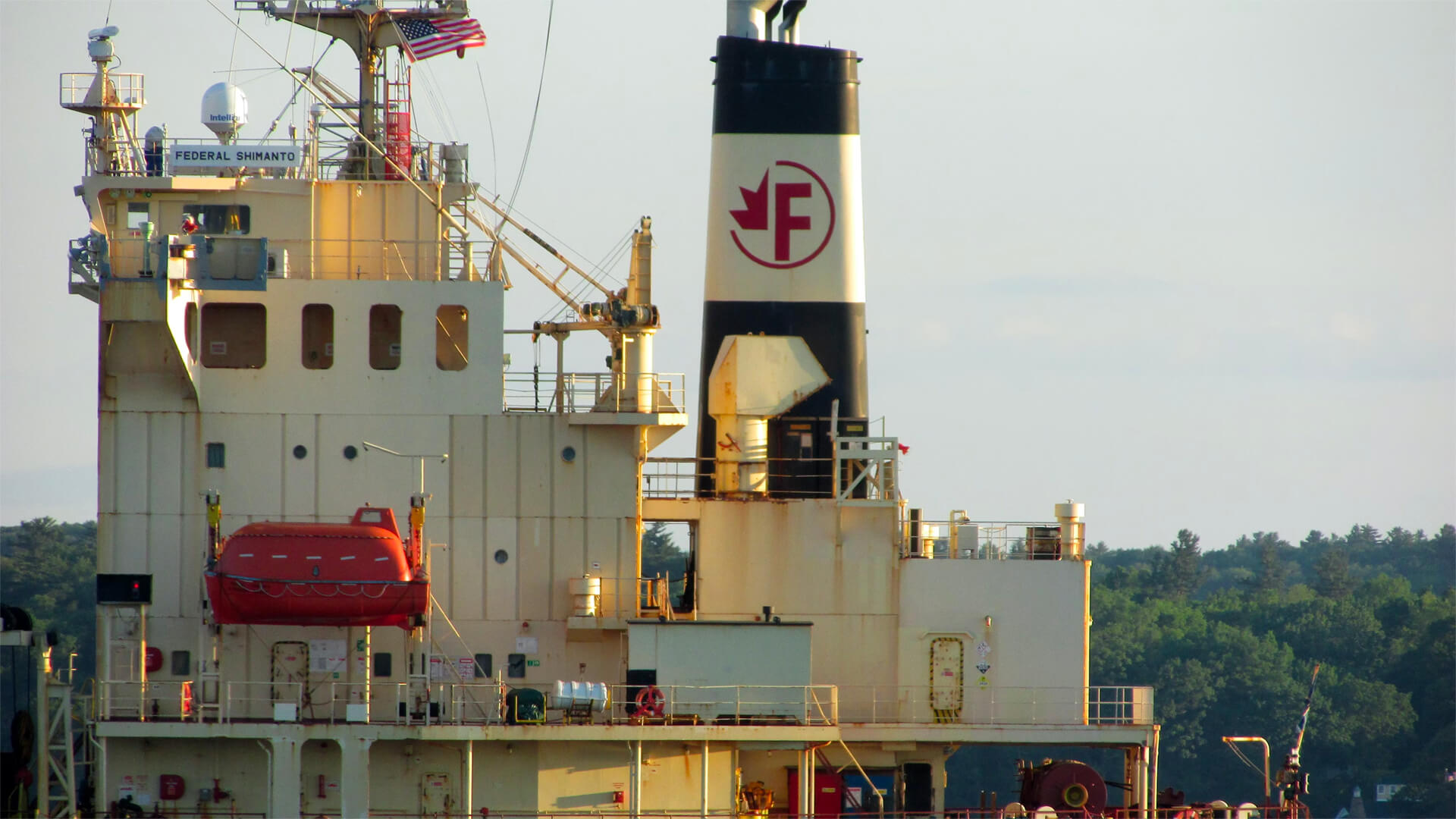Unifor – a Candian public service union – has declared a strike on the St. Lawrence Seaway (a crucial maritime transport route). This has essentially cut off the direct delivery of seaborne goods from the Canadian interior and will disrupt the entire industrial base.
Strikes like this shouldn’t come as a surprise. With the population in decline, labor shortages will become the status quo. That’s before we mix in policies like the Jones Act, which places added stress on the Canadian system.
As bad as this strike may seem, we’re only looking at the tip of the iceberg. And if employers don’t begin fostering healthier relationships with their workforces…
Here at Zeihan On Geopolitics we select a single charity to sponsor. We have two criteria:
First, we look across the world and use our skill sets to identify where the needs are most acute. Second, we look for an institution with preexisting networks for both materials gathering and aid distribution. That way we know every cent of our donation is not simply going directly to where help is needed most, but our donations serve as a force multiplier for a system already in existence. Then we give what we can.
Today, our chosen charity is a group called Medshare, which provides emergency medical services to communities in need, with a very heavy emphasis on locations facing acute crises. Medshare operates right in the thick of it. Until future notice, every cent we earn from every book we sell in every format through every retailer is going to Medshare’s Ukraine fund.
And then there’s you.
Our newsletters and videologues are not only free, they will always be free. We also will never share your contact information with anyone. All we ask is that if you find one of our releases in any way useful, that you make a donation to Medshare. Over one third of Ukraine’s pre-war population has either been forced from their homes, kidnapped and shipped to Russia, or is trying to survive in occupied lands. This is our way to help who we can. Please, join us.
Transcript
Hey everybody. Peter Zeihan here coming to you from Grand Rapids, Michigan. And the story today on the 23rd of October is that yesterday a Canadian public service union by the name of Unifor announced a strike on the Saint Lawrence Seaway. And there’s a bunch of things that come from this. Number one, what the Seaway is. It is a system of locks, I think 14, that connect the western Great Lakes to the St Lawrence Seaway itself, which goes out to the Atlantic Ocean.
It is the primary artery for getting cargo from the interior of the continent as well as from all of Ontario and Quebec out to the Atlantic Ocean. A Basically without the Seaway, you can’t go up river beyond Quebec City. And so you’re talking about the bulk of the industrial base of Canada being affected by this. In addition, the Seaway is part of what allows the Erie Canal to work, which allows the New York area to access the interior of the continent as well.
So as long as it’s off line, what is traditionally the primary and cheapest method of moving cargo in and out of interior? Canada is off line. And it complicates things for the United States as well. We’re going to see a lot more stuff like this coming forward. One of the things that’s going on right now in North America is that we are experiencing protracted population decline because we’ve had low birth rates for 40 years.
Now it’s not nearly as advanced as it is in places like Northeast Asia or Europe, but it’s still a factor. And in the United States, specifically in calendar year 2022, the difference between the retirees who are 18 to 65 and the people coming into the workforce who are aged into 18 was just under a half a million workers shortage just in this calendar year.
And that number is going to continue to be negative for a minimum of the next 20. In fact, it’s just going to go up and up and up for at least the next 11 because the people already been born. We know exactly what the inflow into the labor market is for the next decade or two. Two decades. Yeah.
Anyway, so that’s kind of the first problem. The second problem is there’s not a good alternative for the Canadians, courtesy of something called the Jones Act. You really can’t use the American Waterway Network. It prevents any cargo from being transported through the American system unless it’s using a ship that is American built, owned, captained and crewed, which by definition eliminates pretty much everything that comes from Canada.
So we’re going to be seeing a lot of stress in the Canadian system and a lot of stress, especially in greens, a lot of interior Canada. Their only way to get to the wider world is to use the Seaway. Their only alternative is to use rail now to a place like the Quad Cities in Iowa or all the way to New Orleans, which is, you know, technically possible, but a lot more expensive anyway because of the worker shortage.
We’re going to be seeing activities like this over and over and over again in the United States. We’re having issues with the United Auto Workers in places like Detroit right now, where they’re on strike. And the folks up in Canada are thinking they should be able to get at least as much out of their operators as the strikers are aiming for.
And so the is a 30 to a 40% wage increase to be phased in over three years, but not say that they’re not worth it. I don’t know what I am saying. That is in an environment where labor is ever more scarce in North America, you should expect to see more and more and more industrial labor action at all levels.
And this is just part of the environment now, so you best get used to it. And if you’re an employer, you’re best built as positive a relationship with your workers as you possibly can because they have become something that we’re not used to thinking of workers in North America as a scarce resource, and they’re going to be priced accordingly.
All right.







